Council of Ministers
Council of Ministers consists of
“Cabinet ministers + Minister of States (Independent charge) + Deputy Minister (Minister of state)”
Points to Ponder
- PM is appointed by President & on PM’s advice COMs (President has to accept PM’s choice)
- Strength of COMs is not fixed, but depends on PM but shall not increase 15% of total strength of the Lok Sabha as per 91st amendment.
- A COM must be a minister of either of the house of parliament. If a person who is not a member of either house of the parliament, is appointed as minister, he shall cease to be a minister after 6 months, unless he manages to get elected to either of the 2 houses
- Ministers are required to take oath of secrecy administered by President
- A COM may be chosen from either house of the Parliament. A COM who is member of one house, has the right to speak in & take part in proceedings of other house without any right to vote if he is not the member of that house
- Constitution does not classify members of COM into different ranks, but is done informally following British practice
Cabinet
- An informal body of senior ministers who forms the inner circle. It is the cabinet, which meets as & when summoned by PM, for taking important decision of the government.
- Cabinet is the real policy making body of COM
- A cabinet minister always heads a ministry & is given independent charge of it, unless he is appointed as a minister without portfolio
- Generally assisted by minister of state (but not bound constitutionally) or a deputy minister or both
- A cabinet minister attends meetings of cabinet on his own right
- A minister of state is given an independent charge but generally assist a cabinet minister in running the ministry
- A minister of state cannot attend meeting of cabinet on his own right but can attend if invited. He is normally invited when given independent charge of a ministry
- A deputy minister is a junior member of the COM. He always functions under a cabinet minister or minister of state. He does not attend a cabinet meeting
Original constitution did not specifically mention the word cabinet anywhere. It was through 44th amendment, 1978 word cabinet was used under article 352. But it is not defined anywhere & is based on understanding & conventions of Britain.
All members of COM are not member of cabinet. Its composition is flexible. It is for PM to determine from time to time the composition of cabinet, though due to relative importance of certain departments, their ministers are invariably its members.
Must Books for UPSC – UPSC Mains and UPS Interview
Cabinet is central directing instrument of government in legislation as well as administration. It is cabinet which controls parliaments & governs the country.
Primary function of cabinet is to formulate policies of government for the good governance of the country, have it accepted by the legislature & carry on executive function of the state as per the constitution & laws.
Principle of collective responsibility
- Basic principle of parliamentary or cabinet form of government is principle of collective responsibility.
- COMs is collectively responsible to Lok Sabha for the policies & decisions of the government, even though a decision taken may pertain to a single ministry
- Individual ministers may have differences among themselves on certain issues, but once a decision is taken by the cabinet, it becomes joint decision of COMs. If a minister does not agree with the decision of cabinet, he has no option but to resign from COMs. He can not disapprove a decision of the cabinet & at the same time remain as a member of COMs
- If a decision of a particular ministry on a political matter is defeated in Lok Sabha, it is not the ministry who resigns, but the whole COMs resigns, but if a minister has implemented a decision without the approval of cabinet & it is defeated in Lok Sabha, minister concerned only has to resign, not the whole cabinet.
All ministers are individually responsible to the President. Ministers hold office during the pleasure of the President & can be removed from COMs by the President at any time but only on the advice of PM. Hence, this power is mainly exercised by the PM
PM (1st among equals) is keystone in cabinet arch which means if he resigns or dies, whole COMs goes out with him or COMs does not exist without the PM
PM acts as a connecting link b/w cabinet & President in communicating all decisions of COMs & administrative or legislative affairs to the President
He is leader of majority party in Lok Sabha & the main link b/w cabinet & parliament, acts as government chief spokesperson in Parliament
President enjoys the right to information of affairs of the state & holds:
- Right to be consulted
- Right to encourage
- Right to warn
For more updates about Council of Ministers, visit www.iasmania.com. Please share your thoughts and comments.
If you’re passionate about building a successful blogging website, check out this helpful guide at Coding Tag – How to Start a Successful Blog. It offers practical steps and expert tips to kickstart your blogging journey!
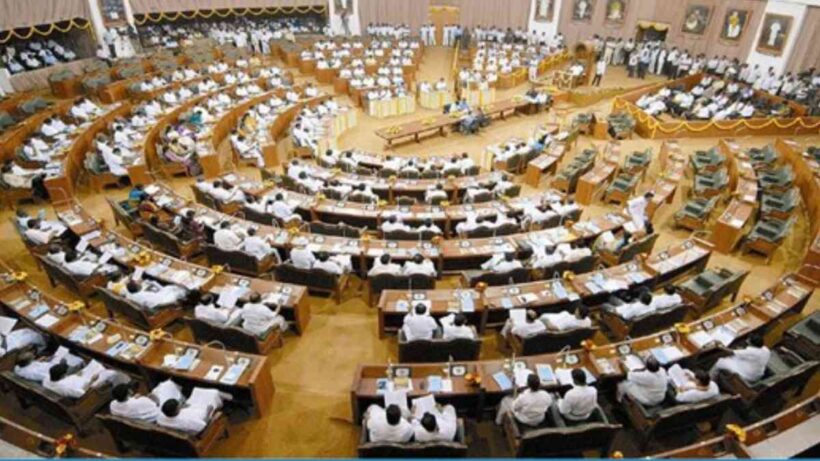
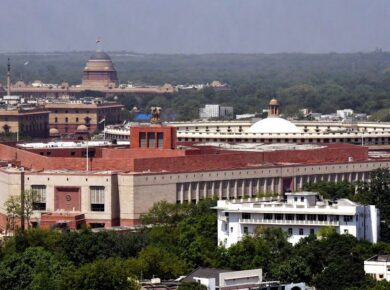

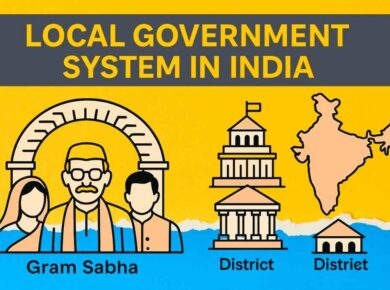


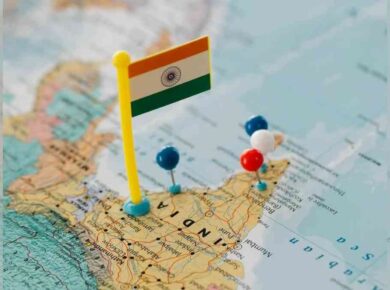
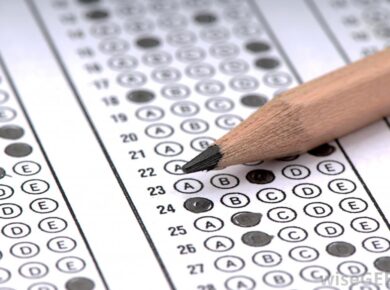

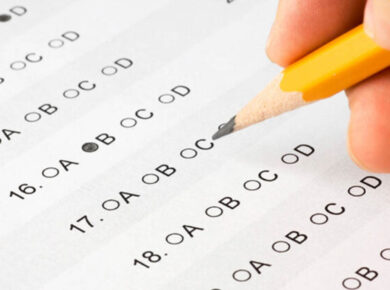
4 comments
What exactly is Right to Warn?
awesome work….
can i get the pdf of all the notes….pls sir
Dear Ankit, I find your notes immensely useful. I really appreciate your hard work and so much time you have put in this applauding effort. I only wanted to request you to kindly provide a pdf format for your awesome notes, if possible. It would be extremely beneficial for fellow aspirants like me. Thanks.
Hi Ashutosh, I have changed the format to full screen. Now you can Print — Save PDF.